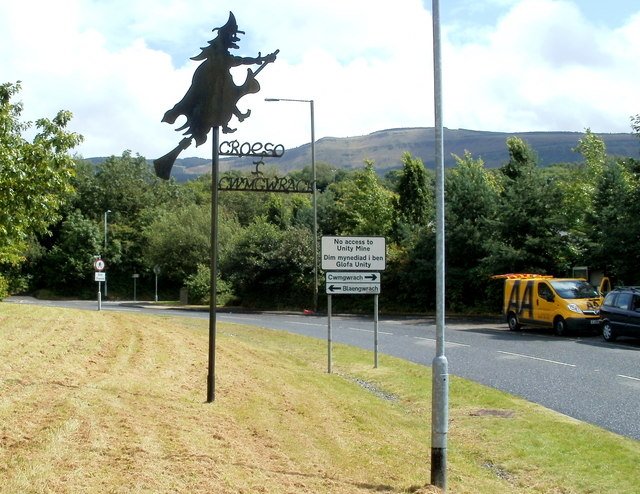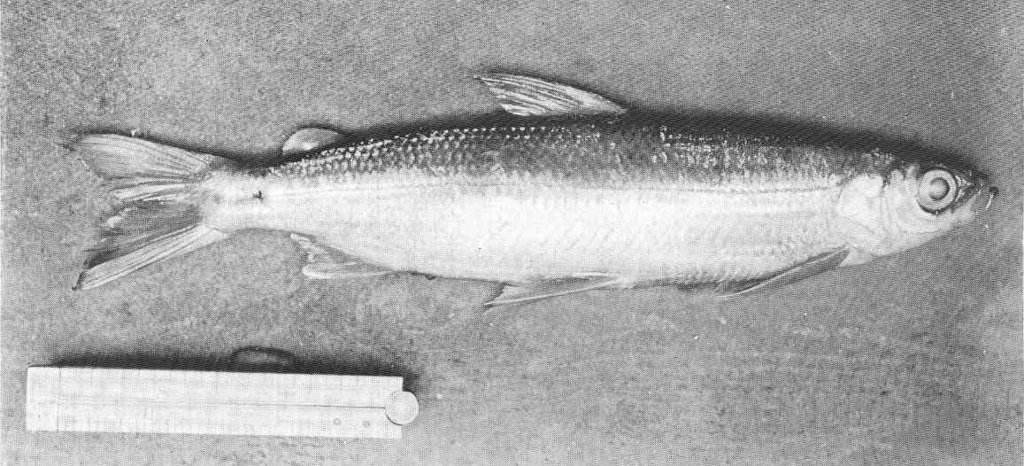Hags and Crones

Llyn Tegid, Bala Lake, after a storm
Tonight the sky is full of watching eyes
as the Ancestors press their faces
close up to the razor-edge that separates
the living from the dead.
Witching Hour, by Rose Flint1
At Samhain we celebrate the second anniversary of the opening of our beautiful temple and shop in Bala, with gratitude to Ceridwen and thanks to all who have supported us through difficult times.
Interestingly, Samhain, the name used in much of the Celtic world for this fire festival, means something like “Summer’s End”, while the Welsh term, Nos Calan Gaeaf, approximates to “the First of Winter”. And Winter is what we prepare for, the dark and cold as we approach the Winter Solstice and despite a hint of change as days then grow longer the dormancy of nature seems to continue for a long time yet and Imbolc can seem so far away!
In Scotland, the Cailleach is seen as a personification of winter, freezing the soil with a touch of her staff and herding her deer. She symbolises sovereignty and is a rich source of wisdom. She can shift her shape too, forming the landscape as a Giantess, striding across the land and dropping huge boulders along the way, often from her apron, to form hills and mountains.
In Wales we have Y Gwrach, translated as the hag or the witch, and she too can be a giantess, crossing land and sea with one stride and dropping rocks to form the many hills and mountain ranges of Wales. The Neolithic passage grave on Anglesey, known as Barclodiad y Gawres (the Giantess’s Apronful), and famous for its carved stones, is spectacularly loated on the coastal cliffs, and clearly belongs to the same tradition of the landscape being formed by a giant Goddess. She, too, is a symbol of sovereignty and a source of great wisdom.
As with all the Celtic areas of the British Isles, Alan Phillips2 tells us, both Gwrach and Cailleach are remembered in harvest “last sheaf” customs, which vary by region. From the examples I’ve found, the observance in Wales seems often to end with these words:
“Mi ces hi, mi ces hi!” (I’ve got her! I’ve got her!”)
“Beth gest ti?” (What have you got?”)
“Gwrach! Gwrach! Gwrach!”
The last sheaf was then frequently plaited and kept indoors for the following year, while in Scotland the corn dolly made out of the last sheaf was often given the name Cailleach. In some parts of the Highlands and Islands the dolly was dressed up with ribbons to take pride of place at the harvest celebration.3
The Gwrach is remembered in many Welsh place names, two very close to Llyn Tegid or Bala Lake: Llwyn y Wrach, or Grove of the Gwrach and Coed Llwyn y Wrach – the Hag’s wood. There’s a Ffynnon y Wrach (Well of the Gwrach) near Llanfair Caereinion (interestingly, the original home of Gwion Bach, who became Taliesin). Not to mention Cwmgwrach (Valley of the Witch), near Neath, a town whose name once made it the location for a poorly-reviewed horror film4, and that welcomes visitors with this:5


The Gwyniad
At first sight there isn’t much similarity between the names Cailleach and Gwrach – but Scotland has another tradition, that of the Gruagach, a name which seems much more likely to be related to Gwrach. According to Stuart McHardy she is perhaps best known in the Western Isles, where she would receive frequent libations of milk, often into a hollow stone always used for this purpose, even late into the 18th century. She was always connected with the cattle, looked after them and kept them away from the rocks. 7
McHardy believes that these various names derive from a term initially linked to the Mother Goddess in her Winter aspect, and through time the name became associated with her priestesses. He also makes a connection between the Gwrach and the Breton Groac’h or Grac’h, a name given to the Priestesses who had colleges on the Isle de Sein and who were known for divination, healing and shape-shifting. Jean Markale, in “Women of the Celts” tells us that the Groac’h lived in or by a lake, where she kept fabulous treasure. Her palace was accessible by a boat in the shape of a swan. Markale goes on to say that the word “groac’h” derives from a term for “old woman” and retells the story of a man called Houarn Pogamm, who visits the groac’h and happens upon some men whom she had previously married and turned into fish. The groac’h catches him trying to help and throws a net over him, changing him into a frog (pages 228 – 229).8 Markale believes the net thrown over Houarn is a metaphor for returning him to her womb, but even without the metaphor the similarities to stories of Ceridwen are striking.
Perhaps the groac’h’s hoard represents the treasure we need to dive deep for, resources ignored in the patriarchal world but with an abundance of riches for the spirit. To give Markale the last word: “Houarn’s search is a return to the source.”
Geraldine Charles
October 2021
1. https://goddess-pages.co.uk/witching-hour-2/
2. “Cynhaeaf: Customs, Practices and Folklore associated with the Traditional Harvest in Wales, Alan Robert Phillips, MA Celtic Studies Dissertation, University of Wales 2016, available: https://repository.uwtsd.ac.uk/id/eprint/775/1/Phillips,%20Alan%20(2016)%20Cynhaeaf….pdf
3. http://carmichaelwatson.blogspot.com/2011/01/cailleach-or-corn-dolly.html
4. https://www.imdb.com/title/tt2908340/
5. “A bewitching welcome to Cwmgwrach”: cc-by-sa/2.0 – © Jaggery – geograph.org.uk/p/2542194
6. Gwyniad photo: Peter Malloch, Public domain, via Wikimedia Commons
7. https://goddess-pages.co.uk/galive/issue-21-home/gruagach-fairy-queen-of-the-highlands/
8. Women of the Celts, Jean Markale, Inner Traditions 1975

